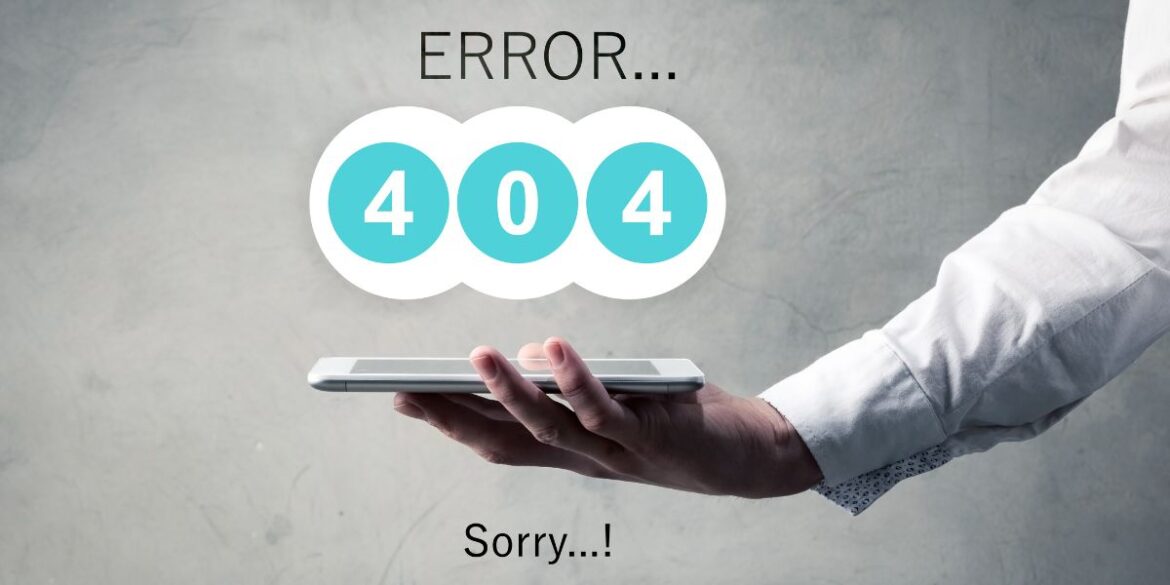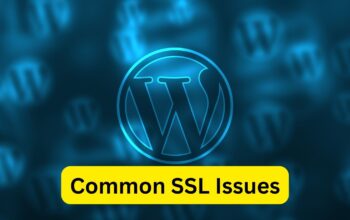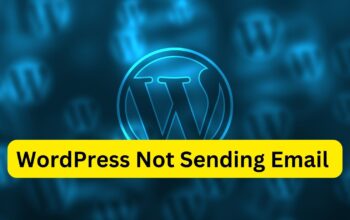A 404 error on a WordPress website means that the requested page or resource could not be found on the server. It’s a common HTTP status code indicating that the URL or page you tried to access doesn’t exist or has been moved. Here’s what to do when you encounter a 404 error on your WordPress website:
- Check the URL for Typos:
- Start by verifying that the URL you entered is correct. Typos or incorrect capitalization can lead to 404 errors.
- Reload the Page:
- Sometimes, a temporary glitch or network issue can cause a 404 error. Reload the page to see if the error persists.
- Clear Browser Cache:
- Cached pages in your web browser may cause a 404 error to persist even after the issue has been resolved on the server side. Clear your browser cache and try again.
- Check for Broken Links:
- If you encountered the 404 error by clicking a link on your website, check the link to ensure it’s correctly configured. If it’s an external link, make sure the linked page still exists.
- Check .htaccess File:
- Your WordPress site’s
.htaccessfile can impact URL rewriting and cause 404 errors. To check it:- Access your site’s root directory via FTP or a file manager.
- Locate the
.htaccessfile and rename it to something like.htaccess_old. - Visit the URL again. If the error is gone, the issue may have been with the
.htaccessfile. - In your WordPress dashboard, go to Settings > Permalinks and click “Save Changes” to regenerate the
.htaccessfile with the default rules.
- Your WordPress site’s
- Review Permalink Settings:
- Incorrect permalink settings in WordPress can lead to 404 errors. To check and reset them:
- In your WordPress dashboard, go to Settings > Permalinks.
- Choose a permalink structure and click “Save Changes” to refresh the settings.
- Ensure your chosen structure matches the actual structure of your URLs.
- Incorrect permalink settings in WordPress can lead to 404 errors. To check and reset them:
- Check for Deleted or Moved Pages:
- If the error is specific to certain pages, review your WordPress admin to see if those pages were deleted or their URLs were changed. If so, update the links accordingly.
- Plugin or Theme Conflicts:
- A conflict with a plugin or theme can sometimes lead to 404 errors. Deactivate recently installed or updated plugins or themes to see if the issue is resolved. Reactivate them one by one to identify the conflicting element.
- Check Server Configuration:
- If you’ve recently migrated your site or made changes to your server configuration, ensure that your server is correctly set up to handle WordPress URLs.
- Check for Redirects:
- If you have URL redirection rules set up in a plugin or at the server level, review them to ensure they are correctly configured and not causing the 404 errors.
- Use a Broken Link Checker Plugin:
- Consider using a WordPress plugin like “Broken Link Checker” to identify and fix broken links on your site automatically.
- Create a Custom 404 Page:
- Design a custom 404 error page to provide a user-friendly experience when visitors encounter a 404 error. Include a search bar and links to key areas of your site.
- Redirect Old URLs:
- If you’ve changed the URL structure of your site or deleted pages, create 301 redirects from the old URLs to the new ones using a redirection plugin or server configuration. This helps preserve SEO and user experience.
If you’ve exhausted these troubleshooting steps and the 404 error persists, consider seeking assistance from a WordPress developer or support specialist who can diagnose and resolve the issue more deeply.











